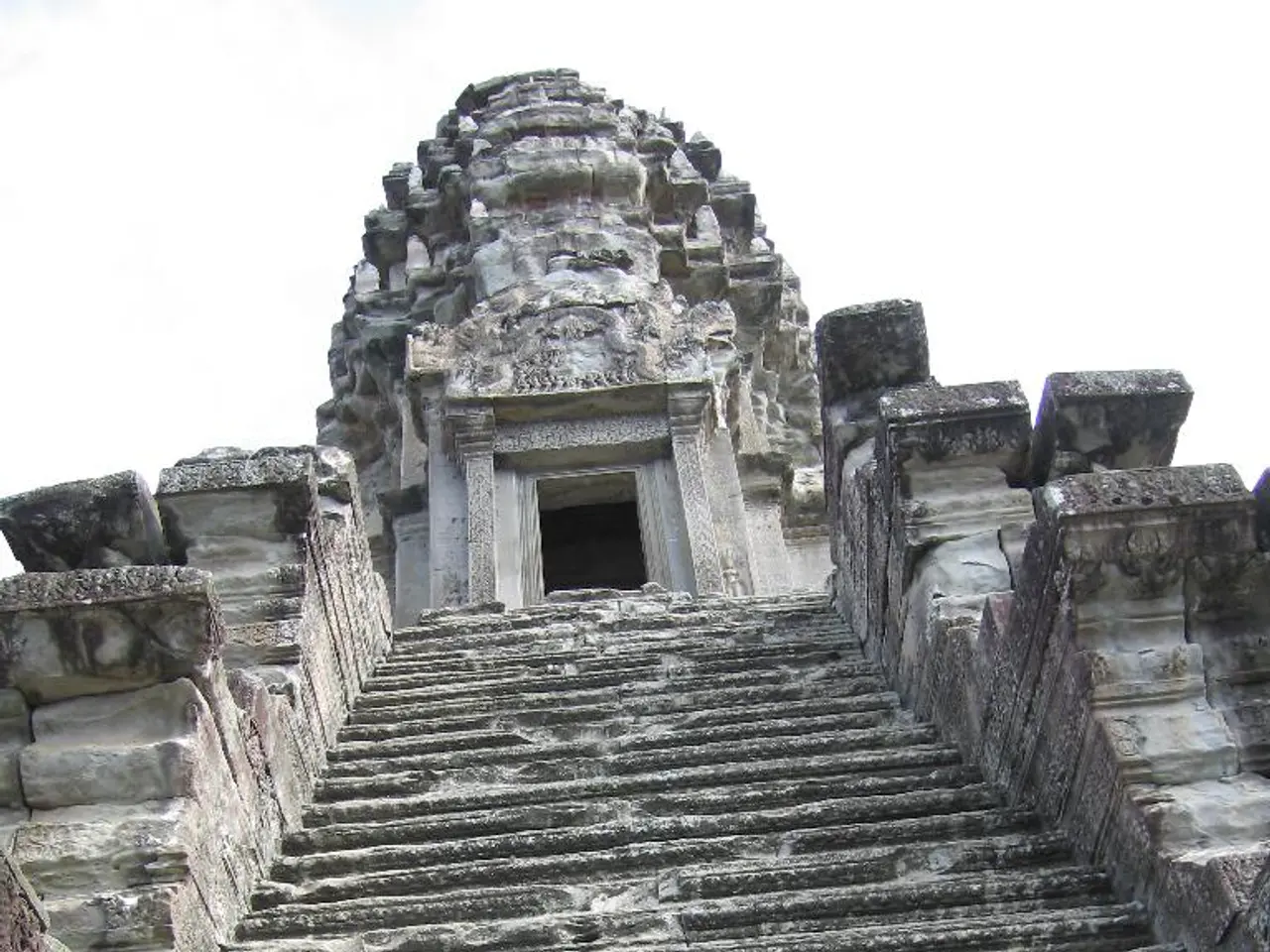Mysterious Ancient Empire at Heart of Outlandish Conspiracy: Tartarian Empire
Unearthing the Tartarian Empire: A Conspiracy Theory of Ancient Architecture
A captivating conspiracy theory is making waves in online communities, suggesting the existence of a lost civilization known as the Tartarian Empire. This ancient civilization, according to believers, is responsible for constructing some of the world's most iconic architectural landmarks, from the Pyramids of Giza to the Taj Mahal and the U.S. Capitol.
Historically, Tartary was a geographic term used in old maps to describe parts of Central Asia and Siberia. However, the modern Tartaria conspiracy theory paints a radically different picture. It describes Tartaria as a sophisticated lost empire with advanced technology and architecture that surpasses known historical understanding.
The theory originated from Russian nationalistic pseudo-scientific theories and has gained traction through social media, online forums, and videos, particularly among communities interested in alternative histories and conspiracy theories.
The Architectural Evidence
Believers argue that many 18th- and 19th-century buildings in cities like New York and Chicago, as well as ornate Russian structures, are remnants of Tartarian architectural mastery. They see architectural styles that appear unusually advanced or grand as evidence of Tartaria’s lost technological capabilities. The theory also involves the idea of "mud floods" — cataclysmic events that buried parts of these cities, which are allegedly hidden or "cleansed" from official histories.
The Great Cover-Up
The conspiracy's alleged cover-ups link to supposed global governmental censorship and rewriting of history, intending to suppress knowledge of Tartaria’s existence and technology, which would challenge mainstream archaeology and history. However, there is no credible proof of these cover-ups; the theory is described as the “QAnon of Architecture” because of its sprawling, baseless claims and online popularity rather than scholarly backing.
The Origins of the Theory
The Tartarian Empire theory can be traced back to the works of Nikolai Levashov in the 1970s and '80s. Another significant influence is Anatoly Fomenko's New Chronology, which argued that events and civilizations believed to be thousands of years old actually occurred during the Middle Ages.
However, the theory is fraught with contradictions. For instance, it struggles to explain the coexistence of Indigenous people around the world at the same time that this empire supposedly conquered the world. Some theorists suggest that Indigenous groups were created as part of the cover-up.
The Debunking
The Russian Geographical Society has debunked the theory, calling it an "extremist fantasy." Despite the lack of evidence and scholarly backing, the theory continues to captivate those who seek alternative explanations for the world's most iconic architectural landmarks.
- Many 19th-century Gilded Age buildings, as per the theory, are actually old Tartarian palaces.
- Anatoly Fomenko wrote a New Chronology in the 1970s, which argued that events and civilizations believed to be thousands of years old actually occurred during the Middle Ages.
- One of the largest contradictions in the Tartarian Empire theory is how Indigenous people around the world existed at the same time that this empire conquered the world. Some theorists suggest that Indigenous groups were created as part of the cover-up.
- Some believers of the Tartarian Empire theory suggest that all old artifacts are actually Tartarian and not Greek, Roman, Chinese, or whatever the case may be.
- Nikolai Levashov popularized the original Tartarian Empire conspiracy theory throughout the 1970s and '80s.
- The Russian Geographical Society debunked the theory, calling it an "extremist fantasy."
- The theory suggests that a series of "mud floods" destroyed the Tartarian Empire, and governments orchestrated a cover-up to erase its existence from history.
- In the wake of the mud floods, there was a "Great Reset," in which buildings and structures that still stood were given fake, sometimes modern, backstories by those who control the world.
- Many believers in the Tartarian Empire theory claim that the history of New York City's Singer Building was made up to hide the existence of the Tartarian Empire.
- Many 19th-century Gilded Age buildings, as per the Tartarian Empire theory, are actually old Tartarian palaces.
- The Tartarian Empire theory proposes that all old artifacts are actually Tartarian and not Greek, Roman, Chinese, or whatever the case may be.
These sentences are based on the text provided and highlight the claims made by believers in the Tartarian Empire theory concerning the history and origin of certain buildings and artifacts.








